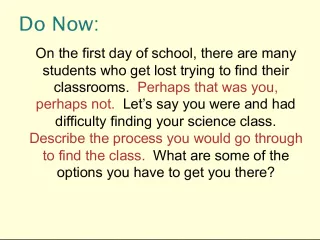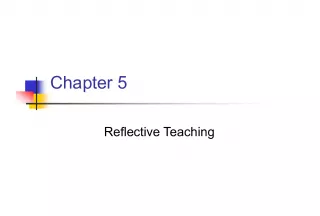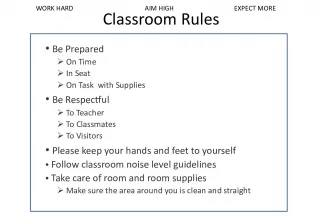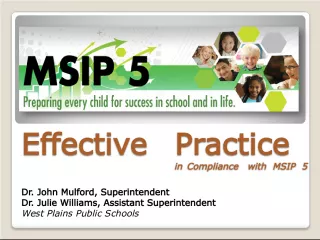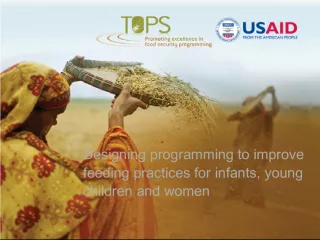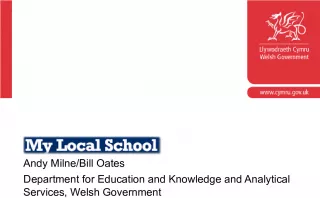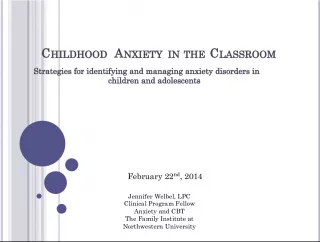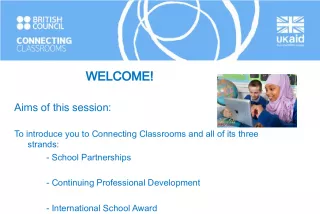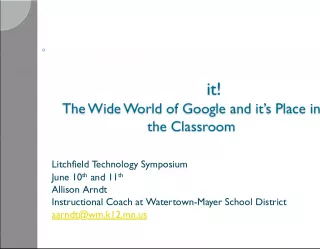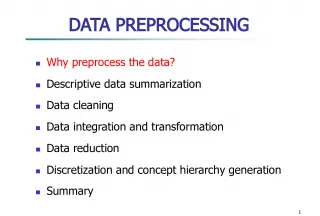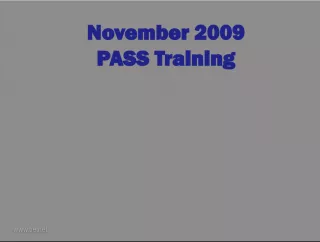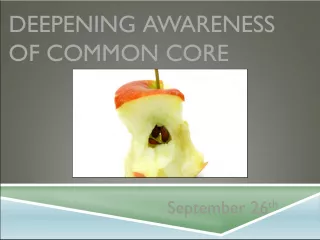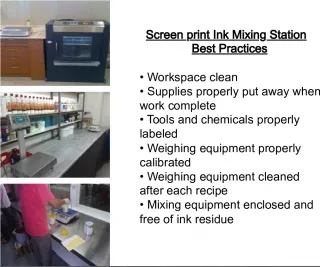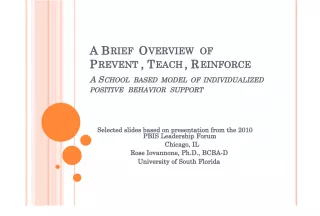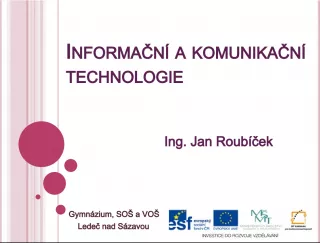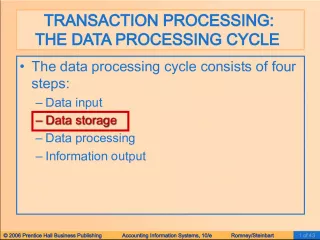"Using Data to Drive School and Classroom Practices"
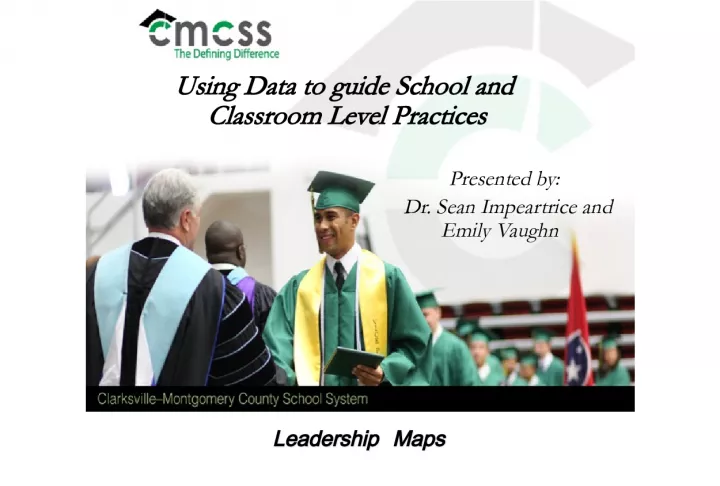

Dr. Sean Impetrice and Emily Vaughn discuss how data can guide effective practices and increase the likelihood of successful replication of results. Douglas Reeves' Leadership Maps are highlighted.
- Uploaded on | 0 Views
-
 dalila
dalila
About "Using Data to Drive School and Classroom Practices"
PowerPoint presentation about '"Using Data to Drive School and Classroom Practices"'. This presentation describes the topic on Dr. Sean Impetrice and Emily Vaughn discuss how data can guide effective practices and increase the likelihood of successful replication of results. Douglas Reeves' Leadership Maps are highlighted.. The key topics included in this slideshow are . Download this presentation absolutely free.
Presentation Transcript
1. Using Data to guide School and Classroom Level Practices Presented by: Dr. Sean Impeartrice and Emily Vaughn
2. Lucky Lucky High results, low understanding of antecedents High results, low understanding of antecedents Replication of success is unlikely Replication of success is unlikely Leading Leading High results, high understanding of antecedents High results, high understanding of antecedents Replication of success is likely Replication of success is likely Losing Losing Low results, low understanding of antecedents Low results, low understanding of antecedents Learning Learning Low results, high understanding of antecedents Low results, high understanding of antecedents Replication of mistakes is unlikely Replication of mistakes is unlikely Leadership Maps Leadership Maps Causes of Antecedents Causes of Antecedents Achievement Achievement Results Results Douglas Reeves Douglas Reeves
3. Determining Focus Tools to Help Determine Focus • 3yr Quintile Matrix • Quick Scores (AMO) • EOY Learning Link • 13-14 Subgroup and Gap Targets • Writing Assessment
4. 1st Order Create Demand Manage Personal Transitions Implement Monitor and Evaluate Recall – Phases of Change Recall – Phases of Change Recall – Phases of Change Recall – Phases of Change
5. Create The Demand Make the case for change. Techniques to create demand: Create discontent with the current reality. Develop a vision of a more attractive reality.
7. Implement Relentless response to the need to improve. Tools to identify research-based school and classroom practices with: • Fishbone Factor Focus • 3yr RCPI Data • Common Core Leadership Questions • TEAM Indicator Data • “ Simply Better ”
11. Monitor and Evaluate Collect and analyze data. Assess the implementation of research–based school and classroom practices. • TEAM • Walkthroughs • Department/Grade Level Planning • Teacher Planning and Assessments • Student Work Samples • Learning Link/Benchmark/CRA/Writing Assessment
13. Phases of Change 1st Order Create Demand Manage Personal Transitions Implement Monitor and Evaluate Used with Permission from McRel
14. Manage Personal Transitions Respond to the personal transitions associated with change. Techniques to create demand: Differentiate your approach based on individual needs. Create new structures and processes to do the work.
18. Putting It All Together – Where Do I Start? Creating the Demand – AMOs, TVAAS Implementing Change – CCSS, PARCC, RTI 2 Monitor and Evaluate – Data Protocol, TEAM, Walkthrough Data
20. Data Protocol The purpose of having a protocol is to have a consistent, uniform process to examine student data. This process allows us to utilize the data to examine the students ’ progress towards mastery and to determine their response to instructional methods. It requires us to look at the data collectively as well as individually and to be accountable for student learning at all levels.
21. Data Protocol : Steps in the Process 1. Preparing the Data 2. Examining Student Proficiency 3. Identifying Instructional Groups 4. Identifying Areas of Focus 5. Resources for Instructional Planning 6. Setting Student Goals and Tracking Student Data 7. Communicating Progress to Parents
22. Data Protocol : Step One 1. Preparing the Data Create a uniform way for data to be reported ( computer generated reports, spreadsheets with specific requirements, etc. ) Data must be organized to be able to make the process efficient Provide explicit directions if the expectation is for teachers to prepare the data
24. Data Protocol : Step Two 2. Examining Student Proficiency Compare group and individual student performance to grade level expectation previous assessment to determine growth state proficiency expectations (if available) Examine school, grade level, classroom, and subgroup trends
26. Data Protocol : Step Three 3. Identifying Instructional Groups Identify score range for the class Divide class into instructional groups Groupings will depend on the type of assessment, classroom makeup and needs of your students
28. Data Protocol : Step Four 4. Identifying Areas of Focus Choose 2-3 standards to focus on that align with your instructional pacing and are scheduled to be taught in the next 20 days Deconstruct the standards to clarify what students are expected to know and be able to do to demonstrate mastery of the standard(s)
29. Data Protocol : Step Four 4. Identifying Areas of Focus Plan instruction using the appropriate strategies, scaffold strategies as needed to reach mastery Create the assessment to align to the standards and reach the appropriate levels of rigor
31. Data Protocol : Step Five 5. Resources for Instructional Planning Gather grade level resources that align with the standards Create a web link list of appropriate resources for teachers to use, include descriptions Develop resource task list if additional resources need to be located Collaborate with peers as resources – Media Specialist, Fine Arts Teachers, etc.
33. Data Protocol : Step Six 6. Setting Student Goals/Tracking Student Data Engage students in setting attainable goals based on their assessment data compared to the grade level expectation and/or growth from previous assessment The teacher and student will work together to develop steps to meet the goal After the next assessment, the student can calculate the growth he/she has demonstrated and set new goals
36. Data Protocol : Step Seven 7. Communicating Progress to Parents Communicate the purpose of the assessment and how the data will be used to plan instruction for the student Communicate the student ’ s performance on the assessment compared to the grade level expectation and/or growth from previous assessment Share the student ’ s goals and the steps the teacher and student will take to meet the goals Engage the parent in assisting the student in meeting his/her goal, provide parent resource list
40. Using Data to guide School and Classroom Level Practices Presented by: Dr. Sean Impeartrice and Emily Vaughn
